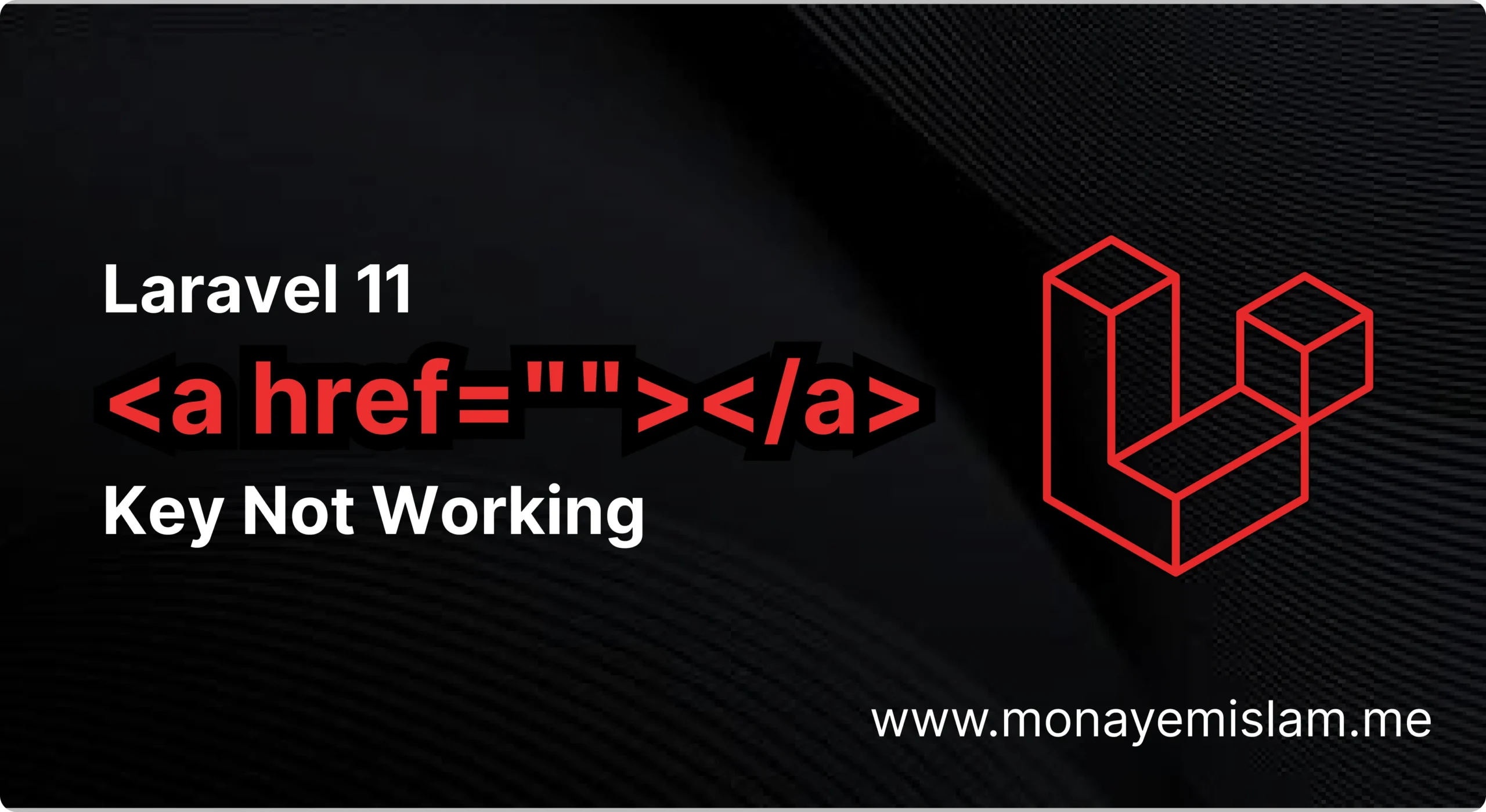JavaScript errors can be frustrating, especially when they interrupt the flow of development. One such common error is
TypeError: right-hand side of 'instanceof' is not an object. This article explores this error in detail, providing insights into its causes and solutions across various contexts such as Node.js, JWT, Vue.js, and Jest. Table of Contents
What is the instanceof Operator?
The
instanceof operator in JavaScript is used to check if an object is an instance of a particular class or constructor. It returns true if the object is an instance, and false otherwise. The syntax is:
object instanceof Constructor
However, if the right-hand side of the
instanceof operator is not a valid object or constructor, JavaScript throws a TypeError. Causes of the Error
Invalid Constructor Object
One primary cause of this error is using a non-object or an invalid constructor on the right-hand side of
instanceof. For example:
const num = 5;
console.log(num instanceof 10); // TypeError
In this case,
10 is not a valid constructor. Issues with Libraries (e.g., JWT, Vue.js)
The error often occurs due to compatibility issues with libraries. For instance, in the
jsonwebtoken library, this error can happen if the library version is incompatible with the Node.js version being used (GitHub) (MDN Web Docs). Circular Dependencies
Circular dependencies in modules can also trigger this error. When two modules depend on each other, one module might be partially initialized, leading to an incomplete object being passed to
instanceof (GitHub). Solution of the TypeError: Right-hand Side of 'instanceof' is Not an Object
Node.js and JWT
When using the
jsonwebtoken library in Node.js, you might encounter this error if there is a version mismatch. To fix this, ensure that both Node.js and jsonwebtoken are compatible. For example, downgrading jsonwebtoken to version 8.5.1 if using an older Node.js version can resolve the issue:
npm install jsonwebtoken@8.5.1
Vue.js
In Vue.js, this error can occur if the right-hand side of
instanceof is not an object due to incorrect component or module references. Ensure that all components and modules are properly imported and referenced. Here’s an example to illustrate this:
import MyComponent from './components/MyComponent.vue';
// Correct usage
new Vue({
el: '#app',
components: { MyComponent }
});
Improper or missing imports can lead to this error. Double-check that each component is correctly imported and used in your Vue.js application.
Jest
In Jest, this error might surface during testing if dynamic loading or mock implementations are incorrect. Ensure that the right-hand side operand in tests is a valid constructor or object. For example:
import MyClass from './MyClass';
test('instanceof MyClass', () => {
const instance = new MyClass();
expect(instance instanceof MyClass).toBe(true);
});
When mocking dependencies, make sure the mocks are properly set up and that the instances being tested are valid objects.
Prevention Tips
- Validate Constructor Objects: Always ensure the right-hand side operand of
instanceofis a valid object or constructor. - Check Library Compatibility: Keep libraries like
jsonwebtokenup to date and compatible with the Node.js version. - Avoid Circular Dependencies: Refactor your code to avoid circular dependencies between modules.
- Comprehensive Testing: Implement thorough tests to catch these errors early in development.
Conclusion
The
TypeError: right-hand side of 'instanceof' is not an object error can be a significant hurdle in JavaScript development. By understanding its causes and applying the solutions outlined above, you can effectively resolve this error and maintain smooth development workflows. Frequently Asked Questions (FAQ)
This error is often caused by using an incompatible version of libraries like jsonwebtoken with the current Node.js version.
Ensure compatibility between Node.js and jsonwebtoken. Downgrading jsonwebtoken to a version compatible with your Node.js environment often resolves the issue.
Yes, circular dependencies can lead to this error as they may cause incomplete objects to be passed to instanceof.
Ensure that mock implementations and dynamic loading in Jest tests use valid objects or constructors as operands for instanceof.




